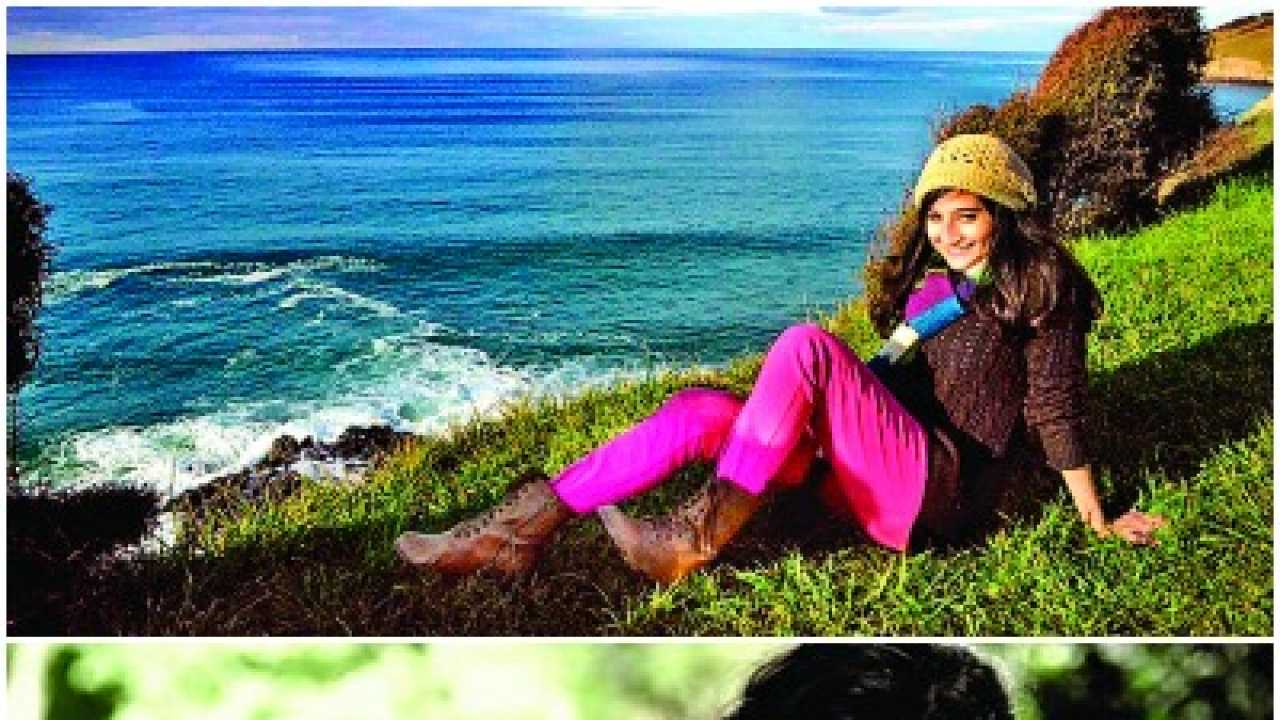
Ashwika Kapur from Kolkata became the first Indian woman to win the prestigious Wildscreen Panda Award or the 'Green Oscar' in Bristol late last year. She won the wildlife photography award in the Best Newcomer category for her film Sirocco — How a Dud Became a Stud, beating lauded films Pride and We Are Rhino.
When you meet the 27-year-old wildlife filmmaker, it's her vivacious spirit that hits you like a gust of monsoon rain, her infectious laugh making you warm up to her immediately. Excerpts from an interview:
Is your choice of career borne out of a childhood love?
Absolutely. When I was four years old, my mom refused to let me keep a dog, but agreed to a duck. The next day, I got home a duckling, which eventually grew taller than me and whom I would take for walks. Then followed a variety of animals and pets who grew up in the house along with me. My bedroom on the 12th floor had turned into a zoo, and that is where my passion took form.
From passion to profession, tell us about the journey.
I graduated in English honours from St. Xavier's. Kolkata. I'd already decided that I wanted a shot at wildlife filmmaking. However, I wanted to be sure that I had what it takes to pursue my passion. I didn't want to study in a regular film school because they don't teach the discipline needed in wildlife filmmaking. So I left for Africa to work on a few projects and never looked back.
After Africa, I took a science and natural history filmmaking course at the University of Otago in Dunedin, New Zealand. It is also the place that introduced me to the Kakapo parrot, and Sirocco — How A Dud Became A Stud took shape.
I'm currently working on a NHNZ (Natural History New Zealand) and Animal Planet project.
Why did you choose filmmaking?
Well, I've been associated with the industry for a very long time. As a child actor, I've been in ads and telefilms, albeit in front of the camera. However, my experience did count because since I practically grew up on the sets, the language and the craft came very naturally to me.
Highlight a few experiences at Bristol.
I was confident of my work until I reached the hall. The sheer size of the stage, the presence of famous personalities from the industry and the magnificence of the event made it seem unreal for a moment. One such surreal moment was meeting a living legend, BBC broadcaster and naturalist Sir David Attenborough.
However, it was back in my hometown that I had a bit of a dilemma. At an event, a gentleman asked me for my autograph, taking me completely by surprise. For a moment I was still, conducting a mental debate about whether I should give my bank signature or try a new one.
How has life changed after the award?
A girl in her 20s is hardly taken seriously in this profession. Being a woman in a male-dominated profession means I had to double my efforts to prove myself. I often faced doubts about my work quality and had to walk the extra mile to convince people. The award has made it easier to approach people without having to put in so much effort.
What are the challenges?
Wildlife filmmaking requires alertness and patience. It's not just about filming animals, but also about ground work. One has to put in long hours starting very early in the morning. Also, a lot of time is spent staring at grass before the animal is spotted. But I never got bored, even while sitting with my gear hours on end looking at nature.
Looking at the larger picture, the profession is often mired in red tape. Permissions and permits are difficult to get. And there are significant expenses and funding challenges.
So what are the perks?
Doing what I love — being in the midst of nature, sleeping under the stars, visiting the most amazing places. However, one has to be prepared for the unknown, because when you deal with nature and animals, you can't stick to a script all the time. Improvisation is key. Personally, I do strong research work so that I don't go in blind. Then I use creative ways to fill in the gaps.
The story of Sirocco
The kakapo is a flightless, nocturnal, ground-dwelling species of parrot in New Zealand. Kakapos are critically endangered, with less than 150 surviving in the wild. While doing research for her graduation film, Ashwika came across Sirocco, the kakapo who thought he was a human being and even tried to mate with one. Hence was born the story of Sirocco's life in the form of a rags-to-riches tale. The bird has achieved worldwide fame: in 2010, New Zealand Prime Minister John Key appointed Sirocco as the Official Spokesbird for Conservation. Sirocco - How A Dud Became A Stud was released globally on Facebook on December 25, 2014.